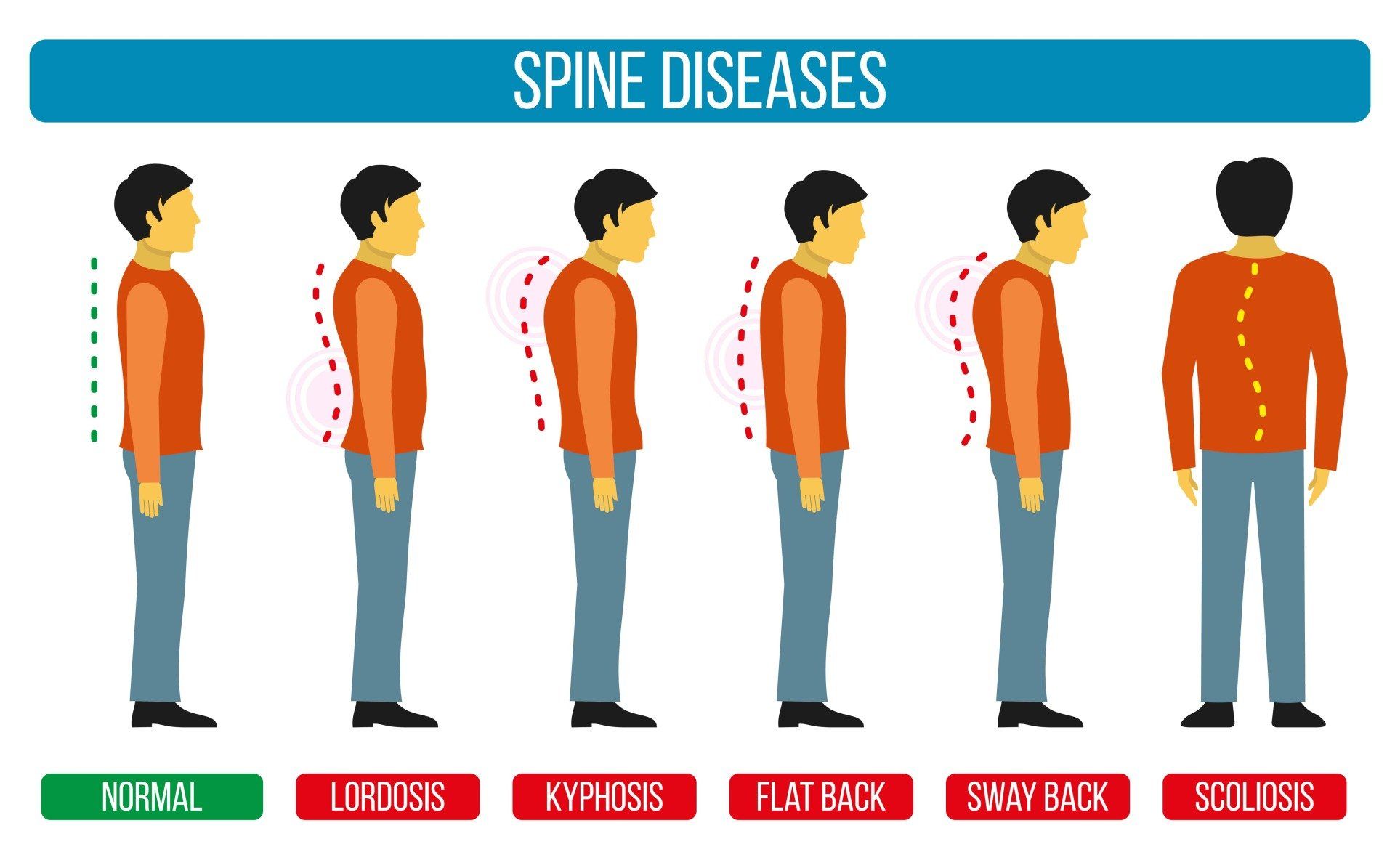Cervical Spine MRI Explained: Uses, Benefits & What to Expect
pietro • November 10, 2022
Cervical Spine Surgery and Other Treatments: How Does an MRI Scan Help?
Some diseases of the spine may only require treatment and rehab, while worse cases may necessitate surgery. Among the abnormalities that an MRI scan of the cervical spine can show are tumors, bone defects, aneurysms, structural damages to the soft tissues, abnormal curvature, spinal deformities, and spinal birth defects.
Risk Factors That Impact Cervical Spine Health
Most people undergoing an MRI scan of the cervical spine will typically show some level of wear and tear in this area. However, some will develop damage to the spine earlier and at much faster rates, particularly when one or more of the following causes and risk factors are present or experienced:

- Trauma. Injuries and falls resulting in pelvic fractures and head injuries, as well as motor vehicle collisions, are all considered risk factors for developing cervical spine injury. Permanent and irreversible damages to the nerves, ligaments, vertebrae, or disks of the spine may be caused.
- Alcohol Use. This risk factor is usually associated with accidental traumas and violence, potentially resulting in spinal cord injuries.
- Comorbidities. Chronic diseases such as arthritis, cancer, and inflammation of the spine can all lead to spine damage or injury. The presence of a disorder of the bones or joints significantly increases the potential for spine disease to develop.
- Age. Since older adults are more likely to experience physical traumas, particularly due to falls, they are at higher risk for developing cervical spine injuries and diseases.
- Obesity and inactivity. Extra weight puts added pressure to your spine while being inactive can lead to stiffness.
- Poor posture. It disproportionately distributes your body weight which may cause too much pressure on one part of your spine.
Is cervical spine surgery safe?
Based on the best available data, cervical spine surgery is generally safe. Based on a limited population study, none of the patients undergoing cervical spine surgery experienced complications during and after the operation. The researchers concluded that this was the result of proper surgery preparation and co-morbidity management. To satisfy these conditions, it is imperative that you coordinate closely with your physicians, most especially if you have other comorbidities that may affect the success of your operation.
PAAs:
What is considered severe cervical spinal stenosis?
When the condition progresses in spite of therapy and medication, this condition may lead to severe compression of the spinal cord. Results may lead to myelopathy which can manifest as loss of coordination, chronic weakness, pain, or numbness. If not properly managed, severe stenosis of the cervical spine may cause permanent nerve damage, disability, and death.
References:
Clayton, JL, et.al (2012). Risk factors for cervical spine injury. Injury J. 2012 Apr;43(4):431-5. doi: 10.1016/j.injury.2011.06.022. Epub









